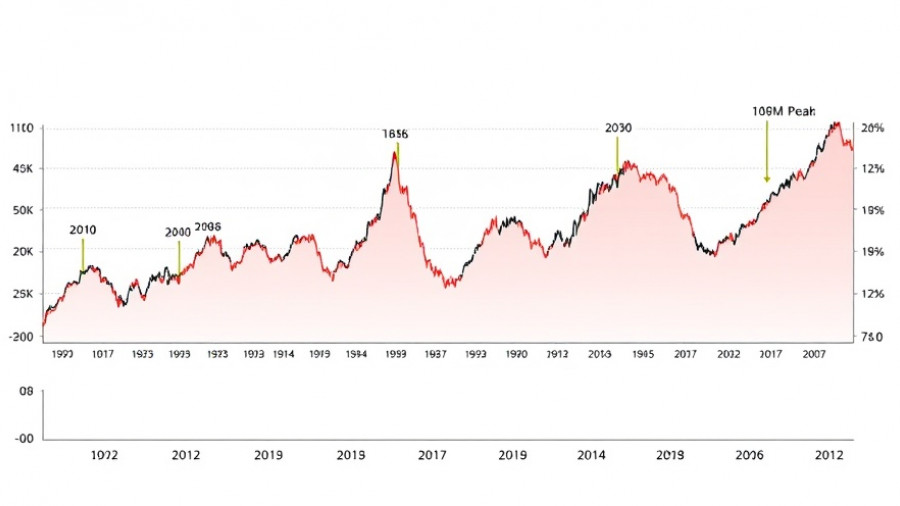
The Recipe for a Better Investment Portfolio
In the increasingly intricate world of finance, understanding the foundations of your investment portfolio can seem daunting. Yet, just like crafting a delicious dish, the process of building a strong portfolio involves careful selection and combination of key ingredients. Jamie Lee, who works on the Betterment Investing team, metaphorically compares his role in finance to that of a chef, meticulously blending various assets to serve a recipe for success tailored to different investor appetites.
Diving into Asset Allocation
At the core of this culinary metaphor lies the concept of asset allocation, a critical element of a well-rounded portfolio. This involves balancing risk by distributing investments among various asset types like stocks, bonds, and global markets. By applying the principles of Modern Portfolio Theory, as introduced by Nobel Laureate Harry Markowitz, Betterment emphasizes how diversification can significantly lower risks associated with investing.
A Focus on Global Markets
Investment professionals today are paying closer attention to the global market portfolio, which is an important framework. This theoretical portfolio encompasses all investable assets around the world. Jamie Lee applies statistical analysis to optimize asset weights in Betterment’s portfolios, ensuring that customer investments are not just theoretically sound but pragmatically viable.
Insights into Investment Strategies
Understanding how financial institutions operate on the backend, particularly in a landscape teeming with varying risk levels and asset classes, can empower investors. It enables them to make informed decisions in a world where markets can be volatile. Through strategies like diversification and prudent allocation, Jamie and his colleagues aim to simplify complex financial concepts into digestible insights for their clients.
Why This Matters
For financial institutions and service providers, mastering the art of creating a balanced portfolio can enhance services offered to clients and lead to long-term loyalty. The analogy of refining a recipe resonates because all stakeholders—be it investors or financial advisors—strive for a successful end result: financial health and peace of mind. Investing isn't just about numbers; it’s about constructing a robust narrative that supports a secure future.
As we proceed through this series, we will continue to uncover the layers of this investing 'kitchen' to reveal how meticulous choices, informed by research and theory, can lead to a well-prepared financial future. Stay tuned for part two, where we will delve into the specifics of selecting funds!
 Add Row
Add Row  Add
Add 




Write A Comment